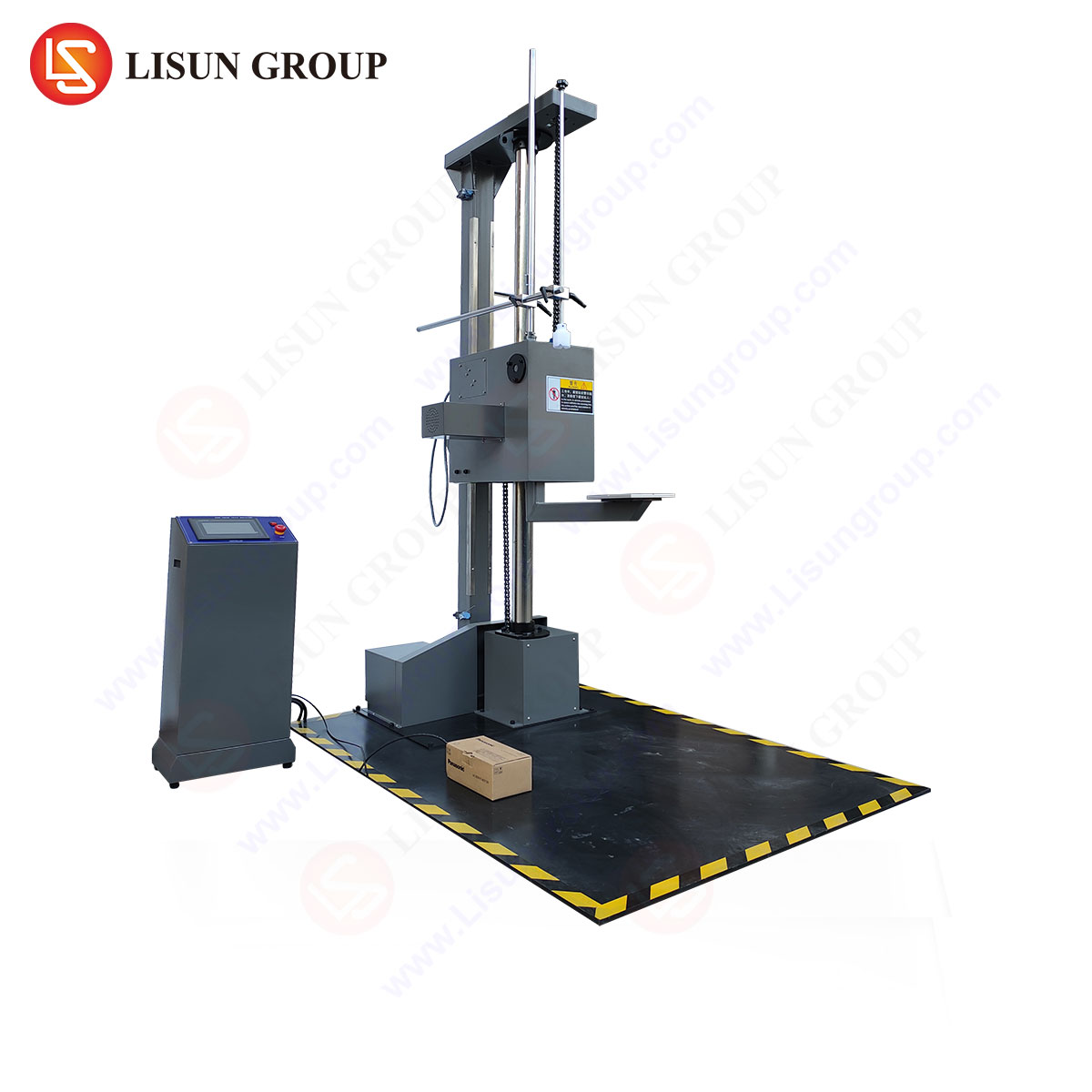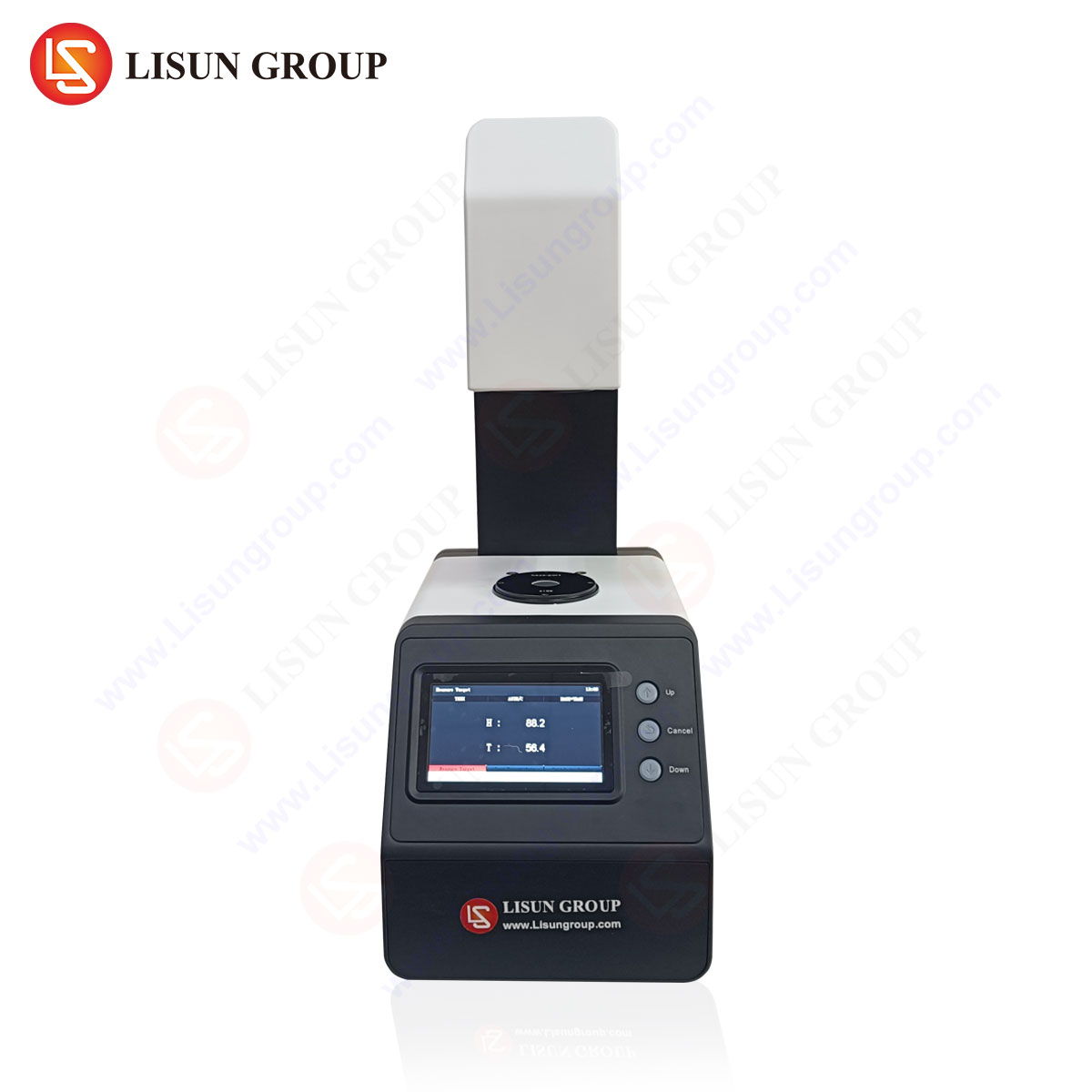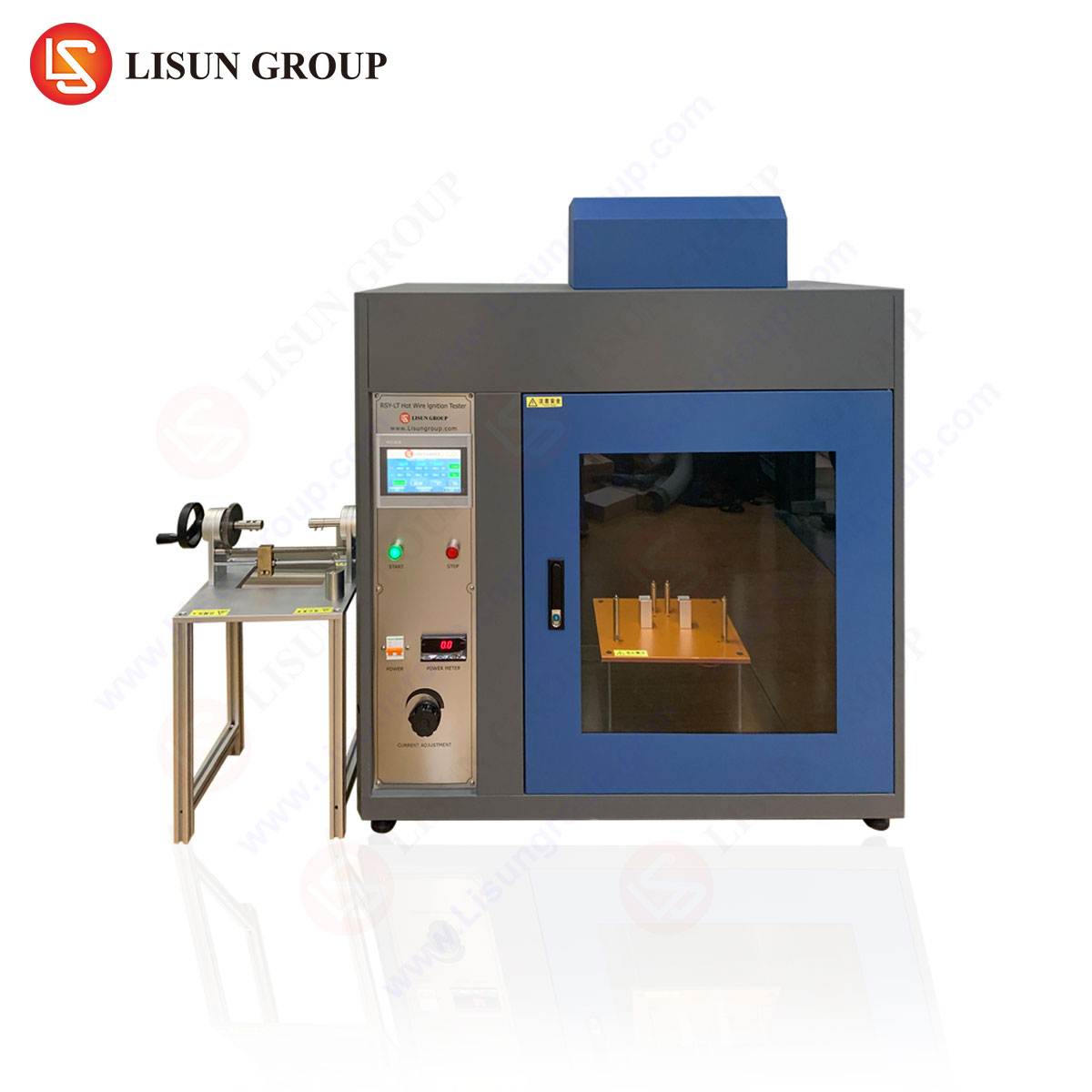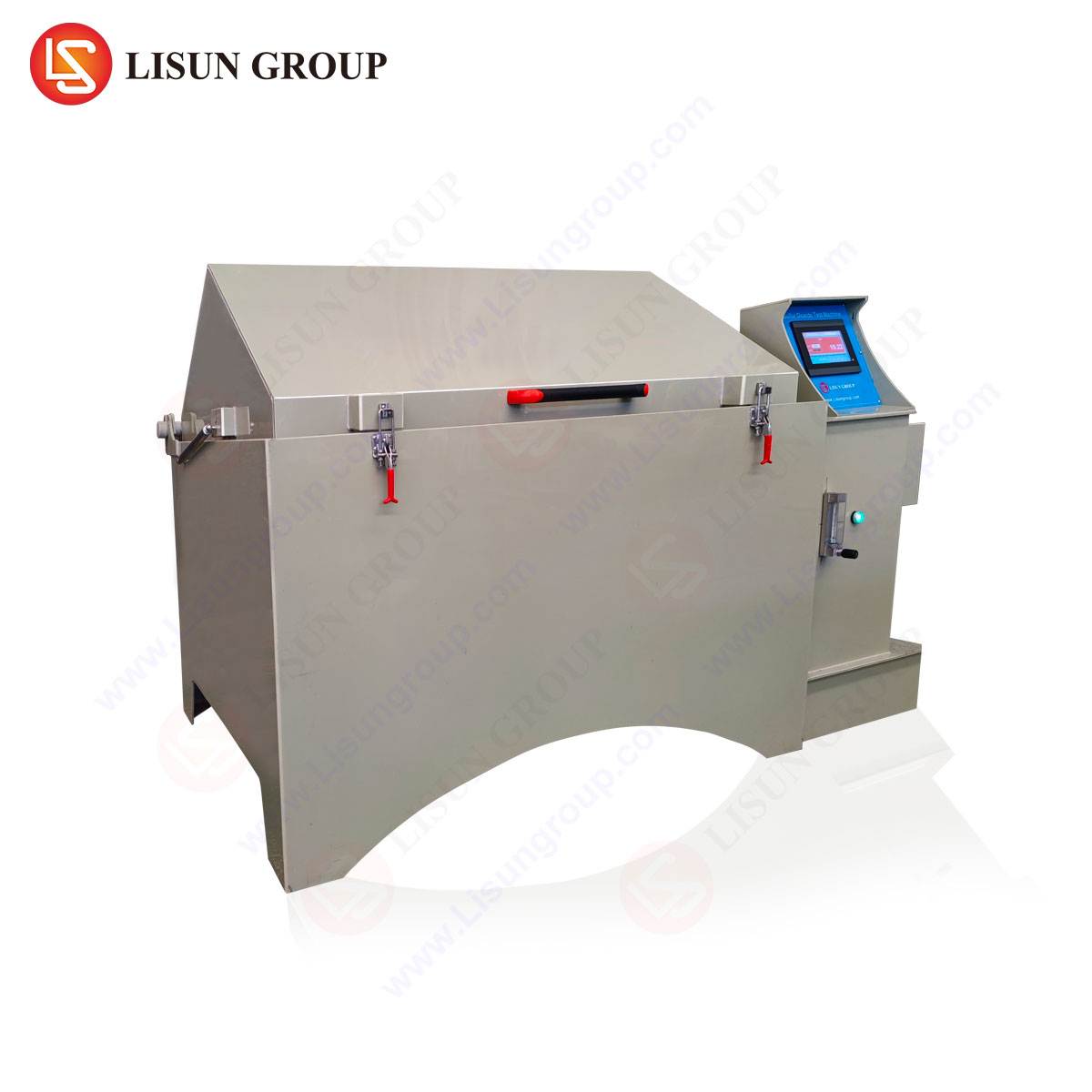Introduction to IEC 60950-1 and Its Role in Product Safety Engineering
The international standard IEC 60950-1, “Information technology equipment – Safety – Part 1: General requirements,” has long served as the foundational benchmark for ensuring the safety of information technology (IT) equipment. Its primary objective is to minimize risks of fire, electric shock, thermal injury, mechanical hazards, and energy-related failures. Compliance is not merely a regulatory hurdle; it is a critical component of the product development lifecycle, providing a structured engineering framework for hazard analysis and mitigation. The standard’s risk-based approach mandates rigorous evaluation of both normal operating conditions and foreseeable single fault conditions, ensuring equipment remains safe even when components fail. This comprehensive assessment is paramount for manufacturers across a diverse spectrum of industries, including telecommunications, office equipment, consumer electronics, and industrial control systems, where the integration of complex electrical subsystems is ubiquitous.
A formal IEC 60950-1 Safety Compliance Test Report is the culminating document that provides objective, verifiable evidence that a product meets all stipulated requirements. This report is essential for obtaining certification marks from nationally recognized testing laboratories (NRTLs) and for demonstrating due diligence in product safety to stakeholders and regulatory bodies. The integrity of this report is wholly dependent on the precision, accuracy, and repeatability of the testing equipment employed during the evaluation process. The following sections will deconstruct the essential elements of such a report, with a specific focus on the critical test for resistance to fire from high-current arcing faults, an area where advanced instrumentation like the LISUN HCAI-2 High Current Arc Ignition Test System is indispensable.
Analytical Framework for High-Current Arc Ignition Testing
Within the safety engineering paradigm of IEC 60950-1, clause 4.6 addresses the mitigation of fire hazards arising from electrical sources. A particularly severe but foreseeable fault condition is a high-energy arc occurring within or on the surface of insulating materials, in air gaps between conductive parts, or across creepage and clearance distances. Such an arc can be initiated by a breakdown of insulation due to contamination, degradation, or mechanical damage. The resulting plasma discharge, exceeding several thousand amperes, generates intense localized heat capable of igniting surrounding combustible materials, leading to a potential fire.
The standard mandates that equipment must be constructed such that the spread of fire from such an internal arc fault is prevented. This is not a prescription but a performance requirement, necessitating a validated test methodology to assess the flammability of materials and the effectiveness of enclosures under these extreme conditions. The test simulates the energy and behavior of a real-world high-current arc, typically derived from the mains supply, to evaluate whether an ignition propagates or is contained. The pass/fail criterion is often based on whether any flaming particles escape an enclosure or if a material sustains combustion for longer than a specified duration post-arc.
The LISUN HCAI-2 System: Principles of Operation and Technical Specifications
The LISUN HCAI-2 High Current Arc Ignition Test System is engineered specifically to fulfill the stringent testing requirements for high-current arc fault evaluation as referenced in safety standards like IEC 60950-1. Its design philosophy centers on delivering a highly reproducible and controllable high-current arc across a test specimen while ensuring operator safety and data integrity.
The system’s operational principle involves a high-capacity, low-impedance power supply capable of delivering a precisely regulated high-current AC or DC output. This output is discharged through a movable electrode assembly onto the sample under test. A critical component is the current-limiting impedance network, which shapes the current waveform to meet the standard’s specified parameters, typically involving a peak current of several hundred to thousands of amperes for a duration of a few cycles. The electrode material, geometry, and approach speed are meticulously controlled variables that ensure consistent arc characteristics across tests.
Key technical specifications of the LISUN HCAI-2 include:
- Output Current: Adjustable range, typically from 100A to 2000A RMS or higher, configurable to specific standard requirements.
- Arc Duration: Precisely timed discharge periods, often user-selectable from 0.1 to 2.0 seconds.
- Electrode System: Motor-driven, programmable electrode with adjustable approach angle and speed to ensure consistent arc strike conditions.
- Ignition Detection: Integrated sensors (e.g., photoelectric cells) to automatically detect the presence of sustained flame or ignition.
- Safety Enclosure: A fully interlocked test chamber constructed from non-combustible materials to contain the test and protect the operator from arc flash, debris, and UV radiation.
- Data Acquisition: Integrated system for logging test parameters, including voltage, current, and the result of the ignition detection sensor.
This combination of precise current control, automated electrode manipulation, and integrated result logging provides a level of test repeatability and accuracy that is unattainable with improvised or manual test setups.
Application of High-Current Arc Testing Across Industrial Sectors
The applicability of high-current arc ignition testing extends far beyond traditional IT equipment. The underlying principle—assessing a product’s resilience to internal electrical faults that could cause fire—is relevant to any sector utilizing electrical power and control systems.
In Automotive Electronics, the proliferation of high-voltage systems in electric and hybrid vehicles necessitates rigorous testing of battery management systems, power inverters, and charging ports. An internal arc within these high-energy systems presents a severe hazard. The HCAI-2 test can validate the containment strategies of these components.
For Household Appliances and Lighting Fixtures, particularly those with high-wattage elements or complex motor controls, an arc fault can occur in switches, connectors, or control boards. Testing ensures that an internal fault does not ignite the appliance’s housing or nearby surfaces.
Industrial Control Systems and Electrical Components such as contactors, circuit breakers, and terminal blocks are themselves designed to interrupt fault currents. The HCAI-2 system can be used to stress-test these components beyond their ratings to verify their failure modes are safe and non-pyrophoric.
Telecommunications Equipment and Aerospace and Aviation Components are often installed in sensitive and inaccessible environments. A fire caused by an arc in a server rack or avionics bay would be catastrophic. Compliance testing with equipment like the HCAI-2 is a critical step in the qualification process for these high-reliability industries.
Medical Devices require an utmost priority on patient and operator safety. Testing power supplies, internal wiring, and connections for resistance to arc-induced ignition is a fundamental part of the risk management file for devices complying with both IEC 60950-1 and its medical counterpart, IEC 60601-1.
Comparative Advantages of Dedicated Arc Ignition Test Instrumentation
Utilizing a purpose-built system like the LISUN HCAI-2 offers significant advantages over alternative methods. The primary differentiator is standardization. Ad-hoc test setups using variable transformers and manual electrodes introduce numerous uncontrolled variables—electrode composition, approach speed, current waveform distortion—that render test results subjective and non-repeatable. This lack of reproducibility can lead to false positives or negatives, compromising the validity of the entire safety assessment.
The HCAI-2 eliminates this variability through automation and precision engineering. Its programmable parameters ensure that every test on a given sample, or across different batches of the same product, is performed under identical conditions. This is crucial for comparative material analysis and for qualifying a design change. Furthermore, the integrated data acquisition provides an objective, auditable record of each test, which is a mandatory requirement for a formal compliance report. The safety enclosure is not an accessory but a necessity, protecting the operator from the significant hazards associated with high-current arc flash, including intense light, pressure wave, and molten metal splatter.
Composition of a Formal IEC 60950-1 Test Report Section on Arc Faults
A complete IEC 60950-1 Safety Compliance Test Report will contain a dedicated section detailing the methods and results of the high-current arc ignition testing. This section must be meticulously detailed to allow for audit and replication. It typically includes:
Test Methodology: A precise description of the test equipment used (e.g., “LISUN HCAI-2 High Current Arc Ignition Test System, S/N: XXXX”), referencing the specific clause of the standard being evaluated. It will detail the test sample preparation, including how it was mounted and conditioned.
Test Parameters: A tabulated list of the exact settings used for each test.
Table: Example Test Parameters
| Parameter | Value Applied | Standard Requirement |
| :— | :— | :— |
| Test Current | 200 A ±5% RMS | As per clause 4.6 |
| Voltage | 240 VAC | Mains Supply |
| Arc Duration | 0.5 s | As per clause 4.6 |
| Electrode Material | Copper, 2.5mm diameter | Standard specified |
| Number of Trials | 3 per test point | To ensure reproducibility |
Observations and Results: A narrative and photographic documentation of the test outcome for each trial. This includes whether ignition occurred, the duration of any flame, and whether any burning material was ejected from the enclosure. Pass/fail determination is based on these observed phenomena against the criteria defined in the standard.
Conclusion: A definitive statement of compliance, such as: “The sample subjected to the high-current arc ignition test in accordance with IEC 60950-1 clause 4.6 showed no signs of sustained ignition or ejection of flaming particles. The sample is deemed to comply with the requirements.”
Frequently Asked Questions
What is the fundamental difference between a high-current arc test and a glow-wire test?
The glow-wire test (e.g., IEC 60695-2-11) simulates a heating effect from an overloaded or glowing component, applying a sustained thermal stress to a single point. The high-current arc test simulates a catastrophic electrical fault, producing a plasma discharge with immense, instantaneous thermal energy that can strike across an air gap and has a explosive character. They assess different failure modes and are complementary, not interchangeable, tests.
Why is electrode material and approach speed so critical in this test?
The material (typically copper) has a specific thermal conductivity and erosion rate that influences the stability and energy transfer of the arc. The approach speed determines the initial strike distance and the consistency of the arc’s establishment. Inconsistent speed can lead to variability in the initial energy required to strike the arc, making some tests more severe than others and destroying repeatability.
Can the HCAI-2 system be configured for different international standards?
Yes. While the core principle remains the same, parameters like current level, duration, and electrode geometry vary between standards (e.g., IEC 60950-1, UL 746A, and various automotive and aerospace specifications). A sophisticated system like the HCAI-2 is designed to be programmable, allowing engineers to create, save, and execute test profiles tailored to the exact requirements of the standard they are assessing against.
How does this testing integrate into a broader product safety strategy?
High-current arc ignition testing is one critical element of a holistic hazard-based safety engineering (HBSE) process. Its results inform design choices, such as material selection for PCBs and enclosures, the physical layout of high-energy circuits to maximize creepage and clearance, and the implementation of protective devices like arc-fault circuit interrupters (AFCIs). It is not a standalone activity but a verification step that validates the effectiveness of these broader design decisions.







